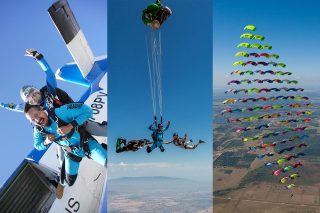Differences Between Skydiving and Indoor Skydiving
Indoor Skydiving
Posted by: Skydive Perris
7 years ago
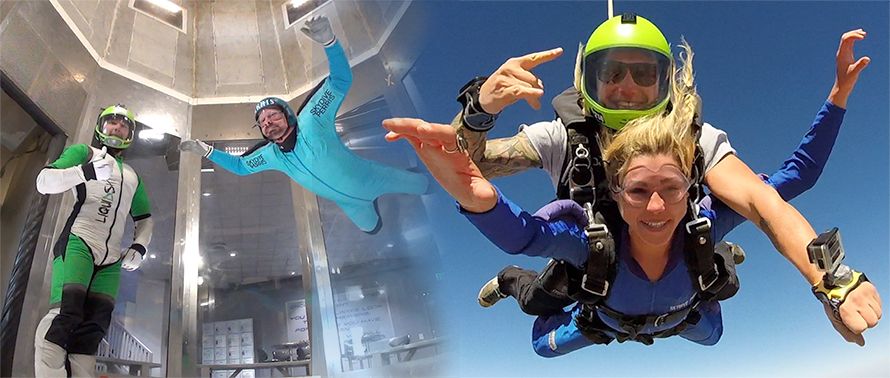
What’s the difference between indoor and outdoor skydiving? There are, as a matter of fact, lots of interesting little differences and parallels between these two sister sports. The first time we heard someone refer to “outdoor skydiving” on the dropzone, we knew we needed to write up a little primer, so here it goes: the difference between indoor and outdoor skydiving, in black and white.
The Drama Of The Opening Moments
To start a skydive, you typically exit the door of an airplane zipping along at 120 mph about 13,000 feet above the ground. To start an indoor skydiving session (called a “rotation,” in the vernacular), you lean through a door into the airflow of the wind tunnel and allow the air to gently catch you. Totally different worlds.
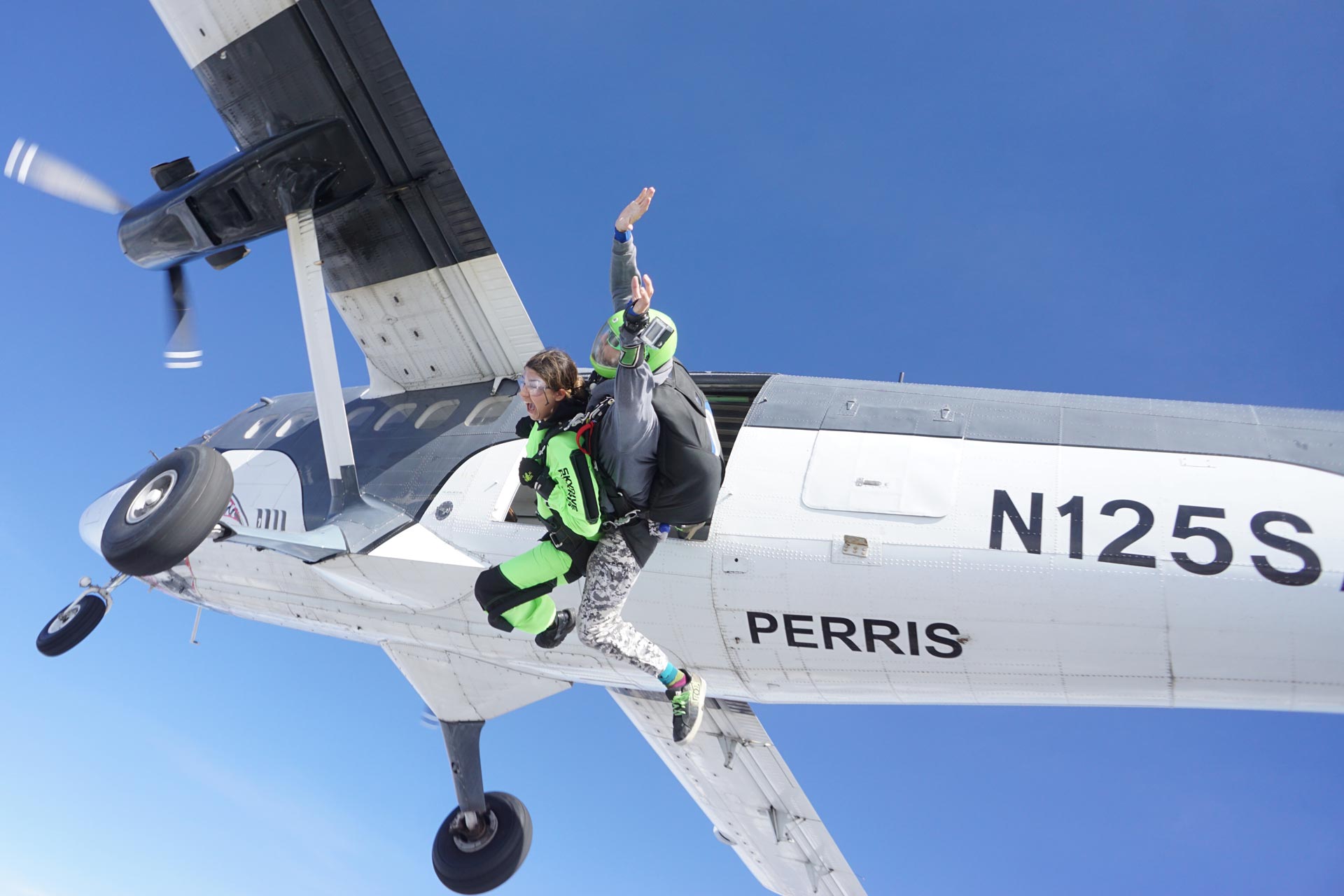
That said: there’s certainly some drama in the tunnel door. You might not imagine it, but the door will probably give you butterflies! And if you’ve ever watched an indoor skydiving competition–of which there are many, these days*–you’ve been treated to some seriously “fancy pants” tunnel entrances.
The Time We Get In Freefall
The magic of indoor skydiving is that it gives us all the freefall time we want. (Okay: All the freefall we can afford, after covering the rent and some ramen.) Where a skydive is limited by the fact that there’s a planet underneath us, the wind tunnel has ushered in a whole new era of bodyflight by essentially taking away the rapidly approaching rock. Because of all this extra time, the wind tunnel has done much to advance our community’s flying skills and progress much more quickly than when it was all learned jump-by-jump.
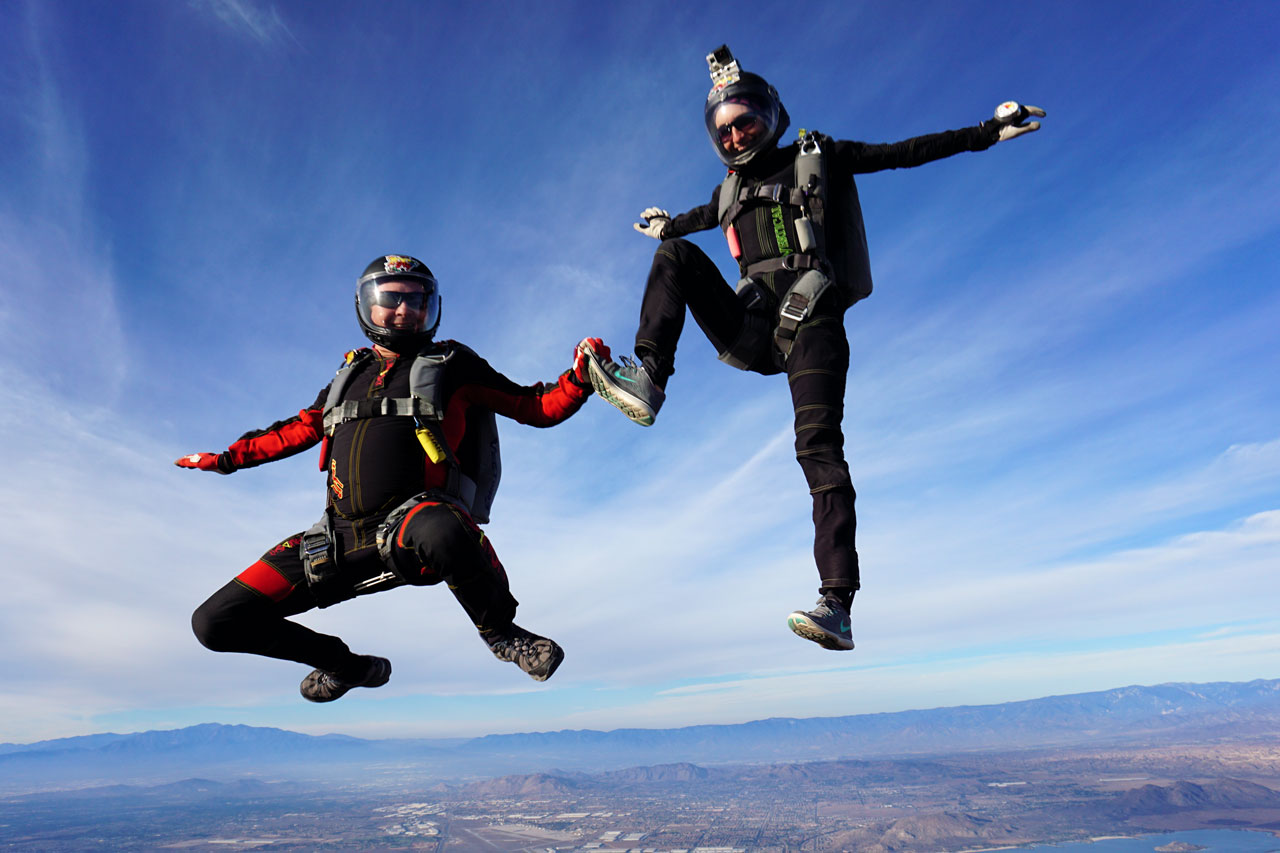
The Units Of Purchase
…Which brings us to our real tool for freefall measurement: dolla bills, y’awl. Instead of buying individual jumps and checking our altimeter, as we do in skydiving, in the tunnel we simply buy time and watch as the seconds tick away on a tunnel-side clock. If that clock weren’t on, we could fly around in there until we turned into a freefly suit full of sweaty, cramped-up jelly. (We’d love to try.)
The Ages That Can Participate
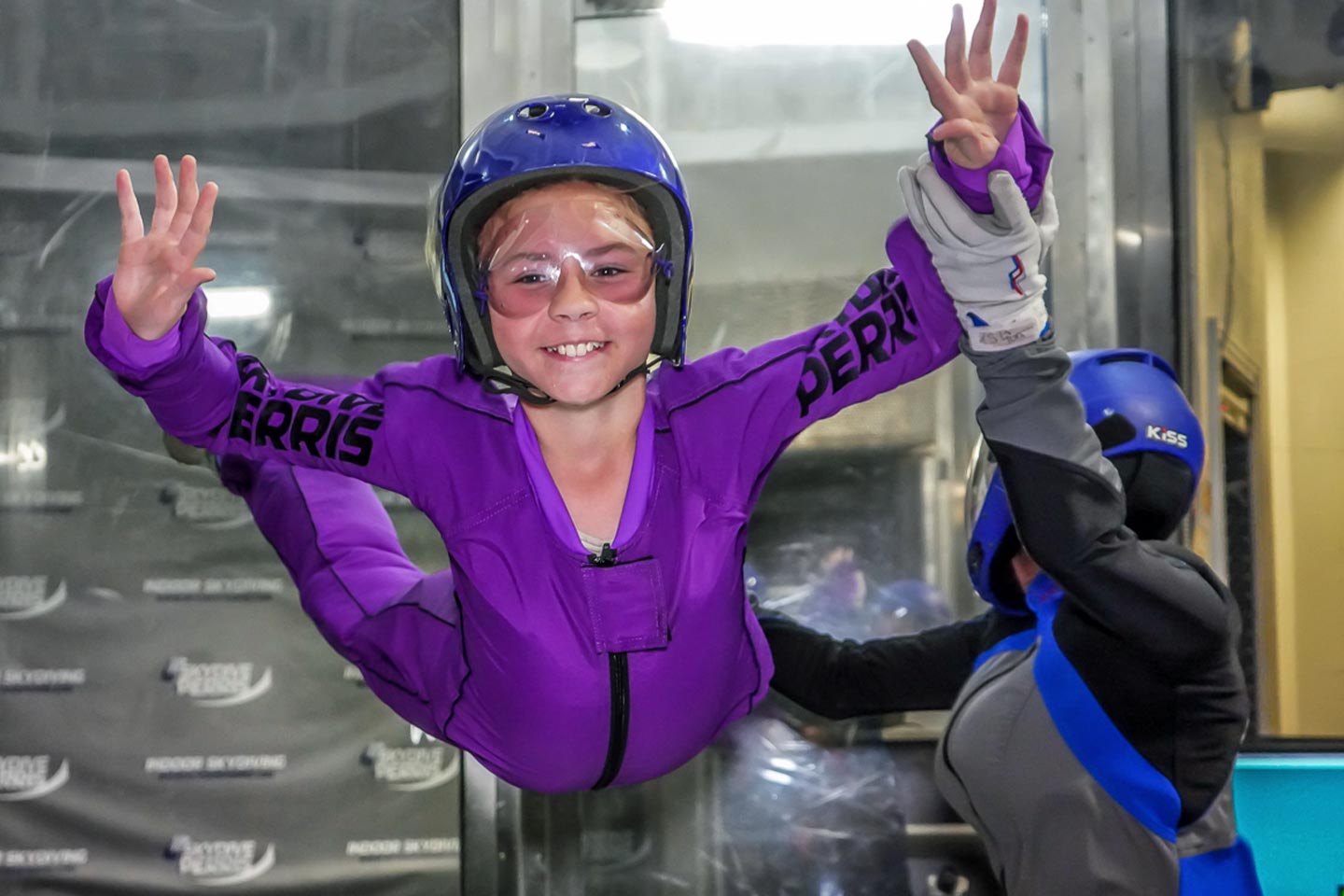
In the United States, skydiving is strictly limited to persons over the age of 18. This is checked and double-checked and ID-verified and signed off in lots of places. It’s a serious law, and it’s enforced. The tunnel has no such law. Three-year-olds zip into their itty-bitty-tiny widdle suits and put on their itty-bitty-tiny widdle helmets and, faces dwarfed by their goggles, get right on into the airflow.
Some of these kids, by the way, are amazing. (This author went to a tunnel competition once and ate lunch next to a world champion in a high chair.)
The Conditions You Can Do It In
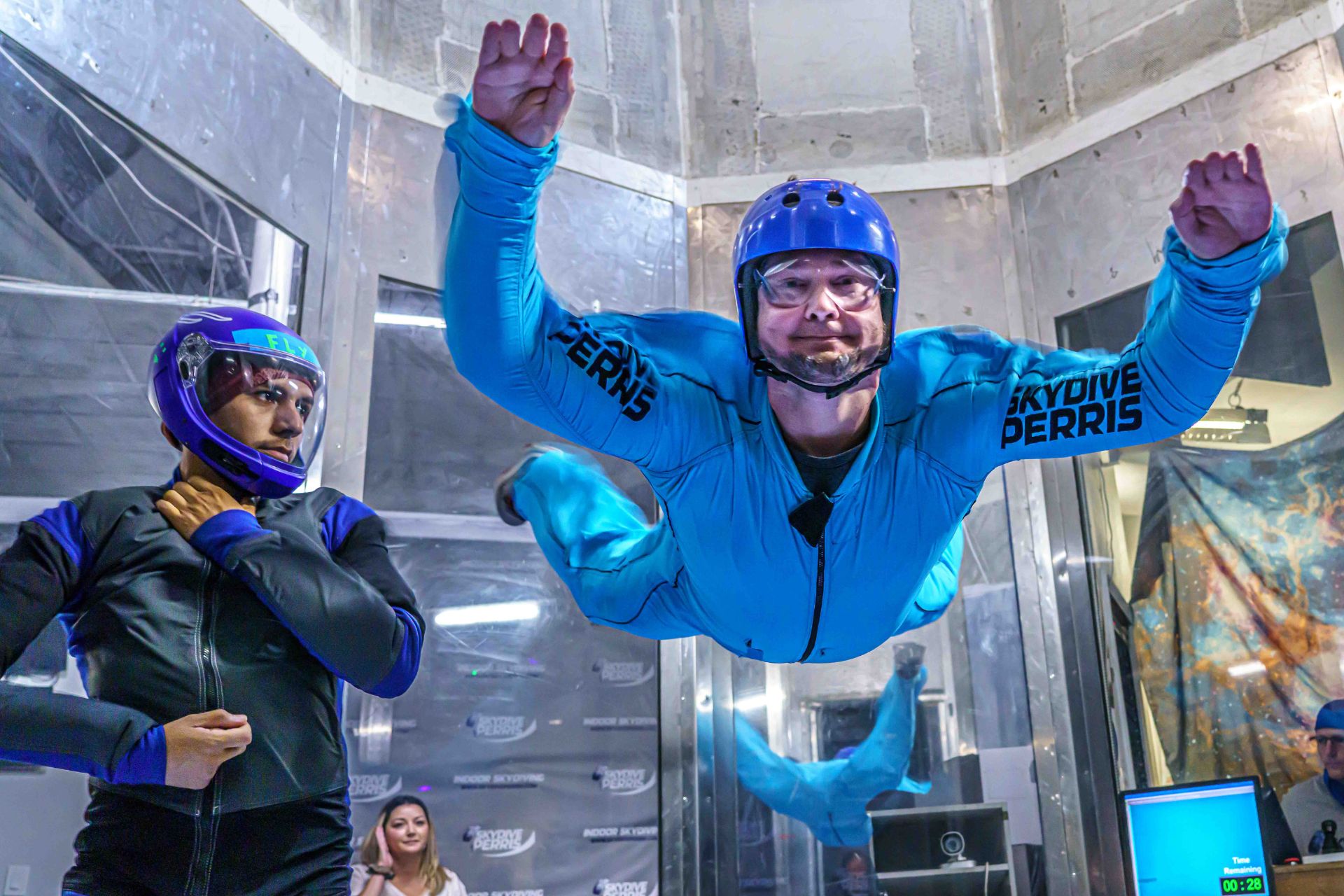
Clouds? Rain? High winds? Fog? If you’re skydiving, you’re staying on the ground…or you’re walking through the doors of your friendly neighborhood wind tunnel, slapping a few high fives and getting on with it.
Trust us–there’s nothing like the sky. Nothing at all. But when you need to get your knees in the breeze and there’s a hailstorm on the loose, it’s nice to know that there’s a place you can go to get it done. You should know that both indoor and “outdoor” (yeah we said it) skydiving are great experiences with distinct advantages and disadvantages.
Pro tip: You can have both experiences with the sensory overload package at Skydive Perris, and we heartily recommend it! Once you’ve done it, come and let us know what you think is the most interesting difference between indoor and outdoor skydiving. We’re stoked to hear it.
*If you haven’t checked them out, get thee to Google.

